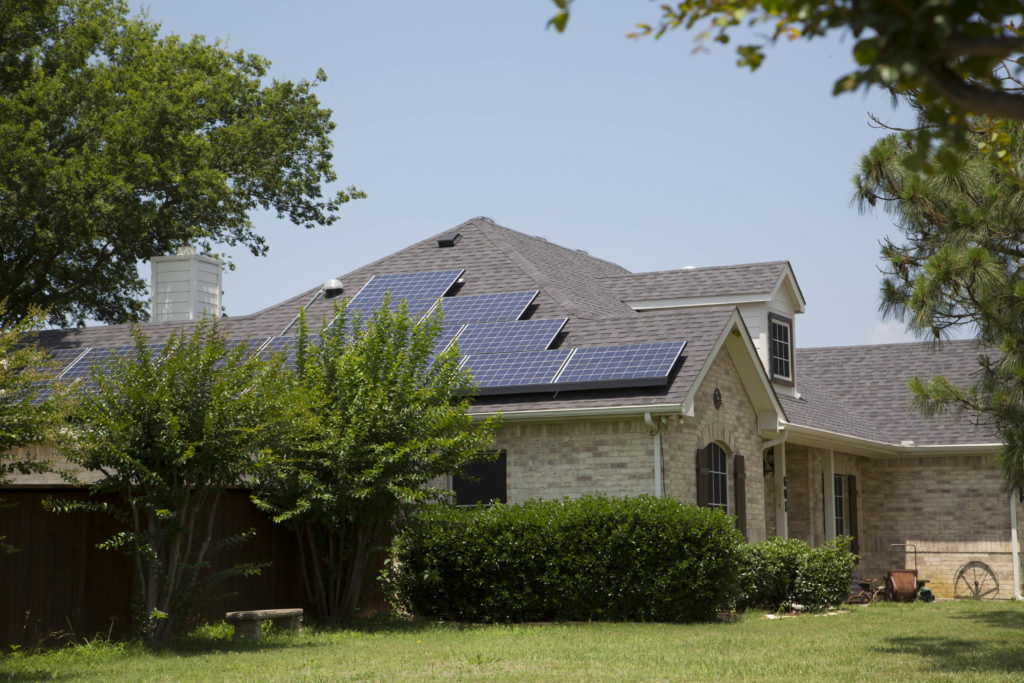
A landmark agreement among solar energy developers, environmental advocates and electric cooperatives in Virginia will make way for greater net-metering of renewable energy at a fair cost to all.
The state General Assembly overwhelmingly passed legislation that raises the net-metering cap of 1 percent of a co-op’s peak load to 5 percent, then allows for a transition to 9 percent by 2029. Gov. Ralph Northam is expected to sign the bill soon.
“A few co-ops are up against the cap in Virginia,” including BARC Electric Cooperative in Millboro, said Michael Keyser, its CEO and one of the lead participants in a three-year effort to craft a compromise bill. “And no co-op wants to reach the cap and say ‘no’ to a member.”
Net-metering allows consumers with rooftop solar and other forms of distributed generation to reduce their power bill by selling unused electricity to their provider. When large numbers of homeowners install distributed generation, co-ops can be forced to raise rates to cover their operational costs.
To fix the problem, the new law also creates a three-part rate design for net-metering members only. It includes a fixed charge that all customers pay, plus a variable kilowatt-hour (kWh) charge and a new monthly non-coincident peak (NCP) demand charge.
“It was important to ensure that net-metering customers are not subsidized by other ratepayers as the cap increases,” said Keyser. “We wanted to make sure it’s fair.”
The new demand charge lets co-ops recoup any remaining fixed costs associated with operating and maintaining the distribution system as well as fixed generation costs.
“We had to get the rate structure in the correct place to recover our actual costs,” said Keyser. “If we just increased the cap on net-metering with the current rate structure, it would not be sustainable. Credit is certainly due to the other stakeholders at the table for understanding that.”
The new 5 percent cap is divided into three buckets: 2 percent of residential peak demand, 2 percent for tax-exempt entities and 1 percent of commercial peak demand. The demand charge will be implemented in 2024, or when one of three net-metering caps is reached, whichever comes first.
“The caps are intended to increase in a measured way as we implement demand charges,” said Keyser. “These decisions are going to be largely up to each co-op board’s discretion, with oversight from the State Corporation Commission.”
The new law will allow more third-party renewable energy purchase agreements. It also will boost sizing restrictions on residential renewable energy systems from 100 percent to 125 percent of annual energy consumption.
“We heard from a lot of members that folks are looking to expand, to buy electric vehicles, and they want to put on more solar,” said Andrew Vehorn, director of government affairs at Virginia, Maryland, and Delaware Association of Electric Cooperatives based in Glen Allen, Virginia.
“They can overproduce and grow into it. We buy excess energy as long as that customer pays their fair share of the co-op’s costs to operate and maintain the electric grid. We have to buy power from someone; we might as well buy from our members.”
Cathy Cash is a staff writer at NRECA.